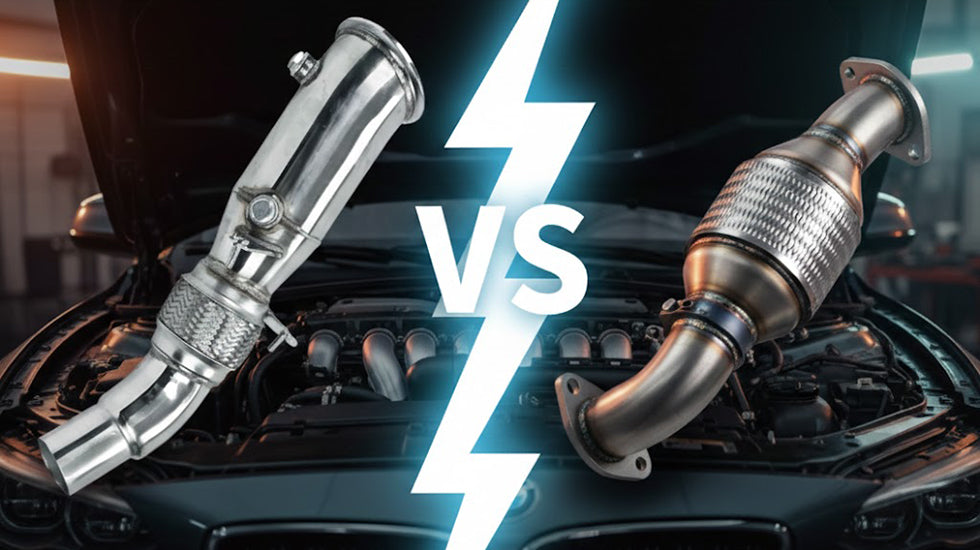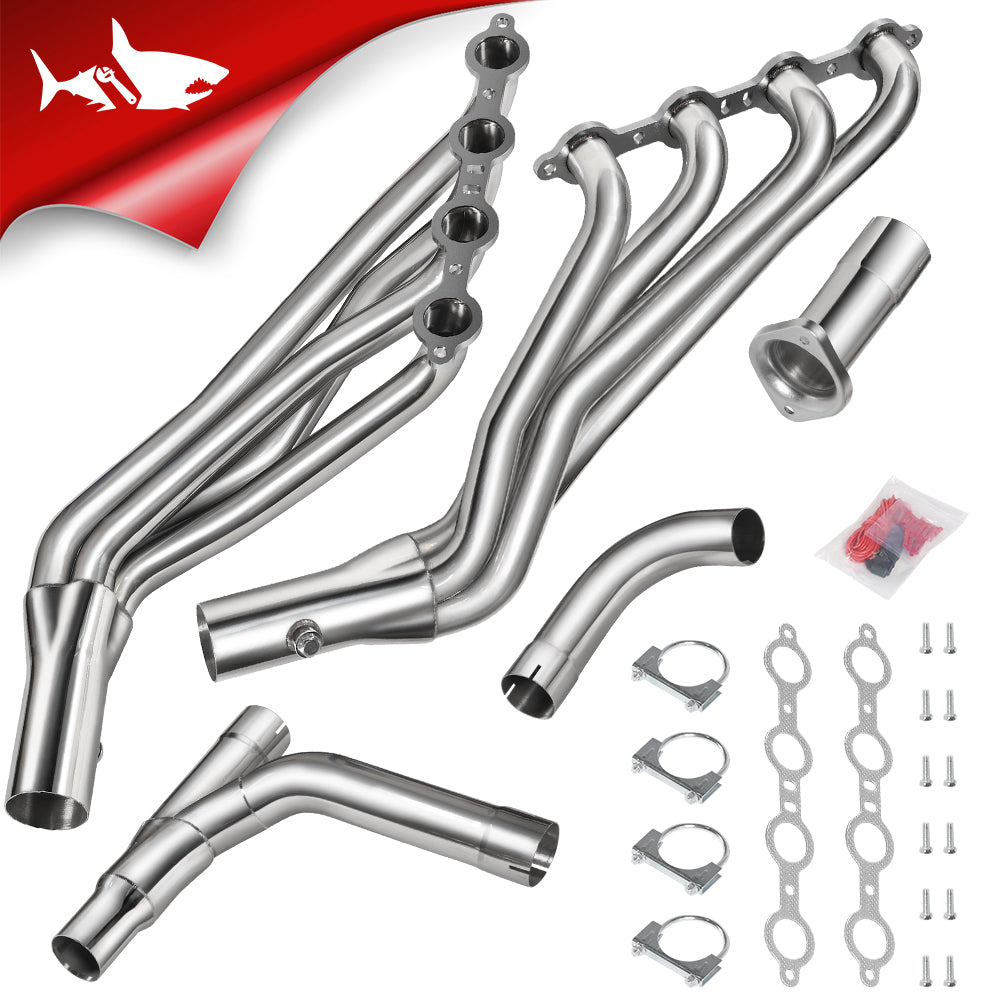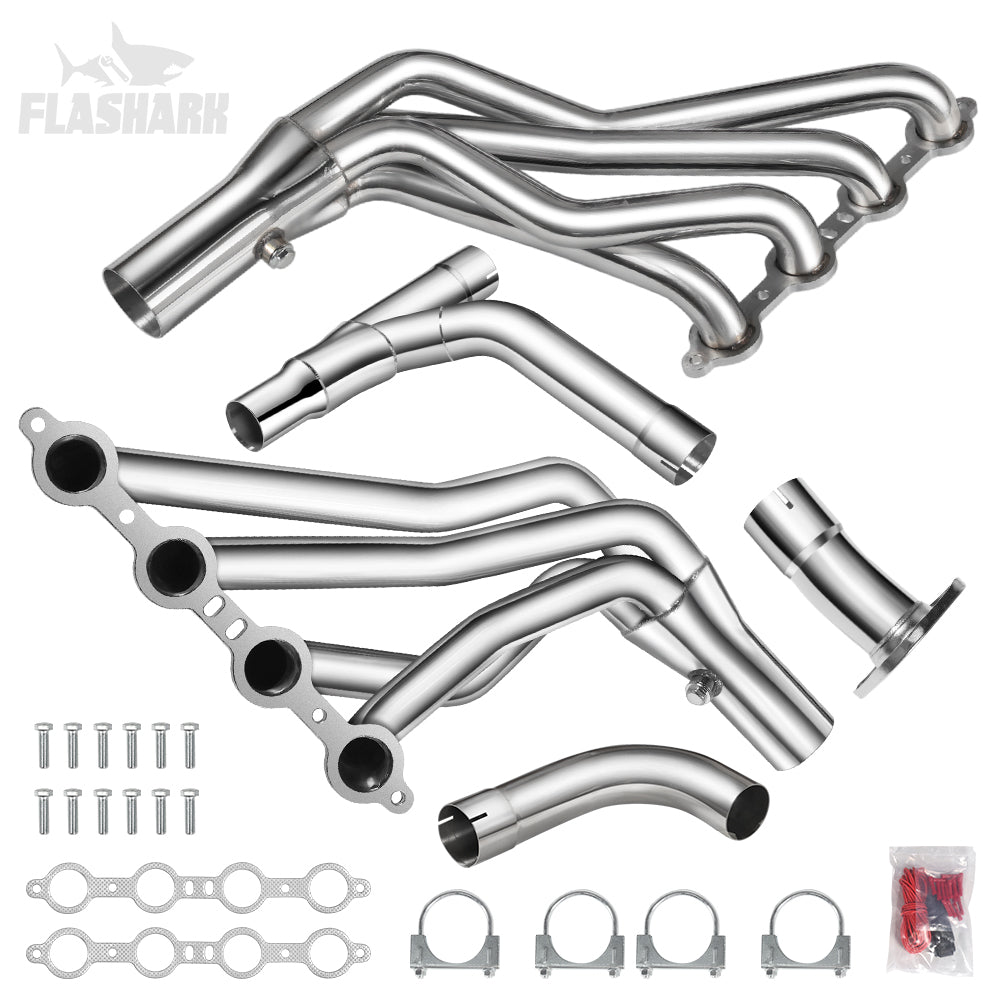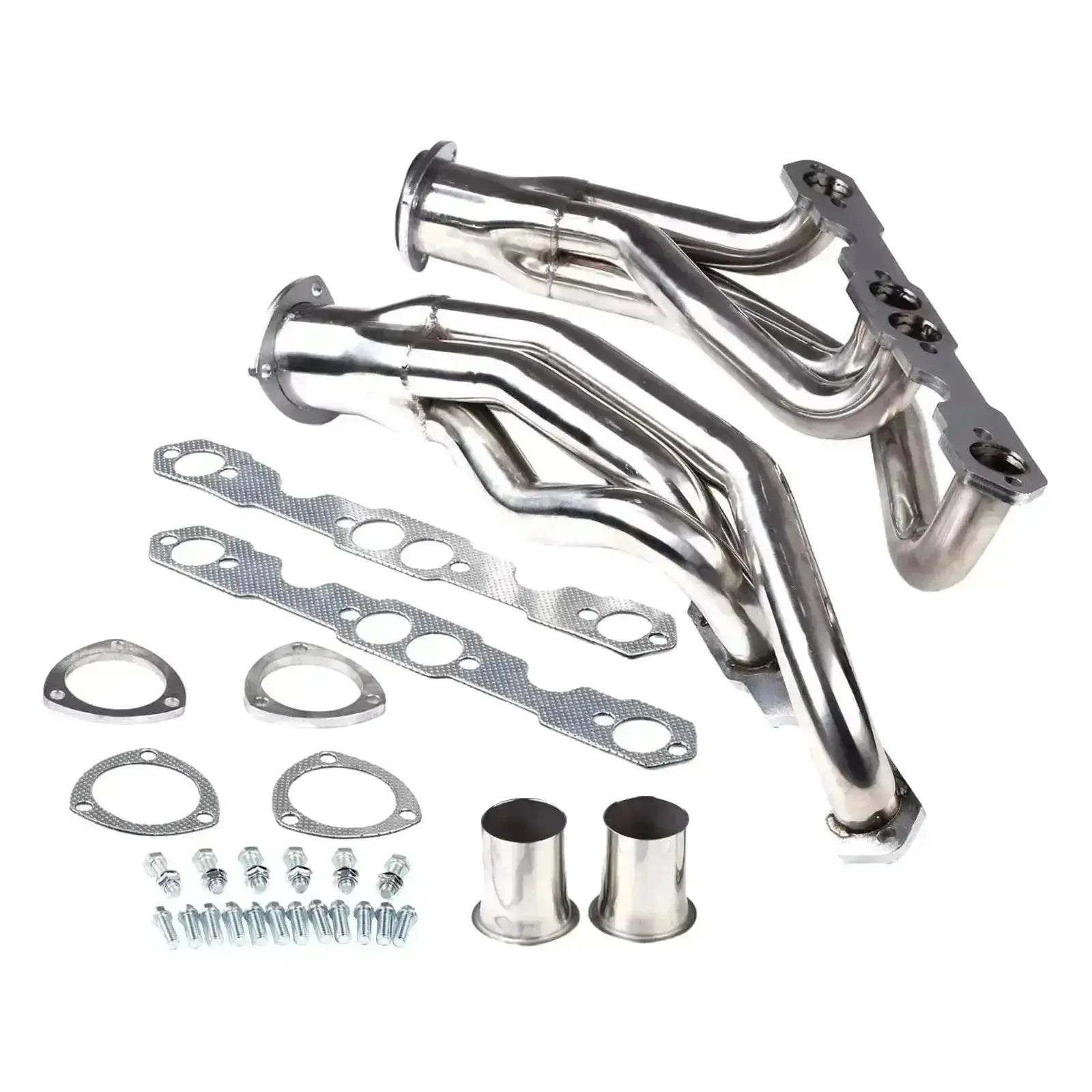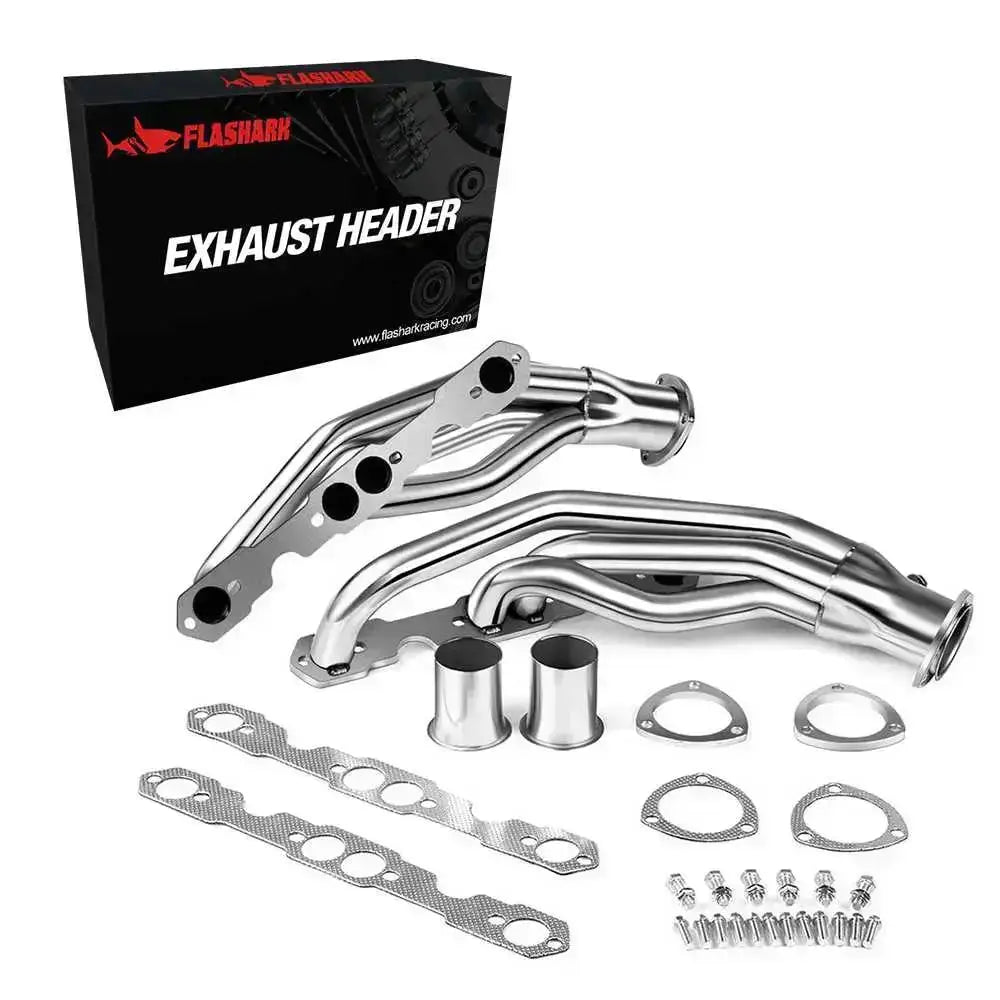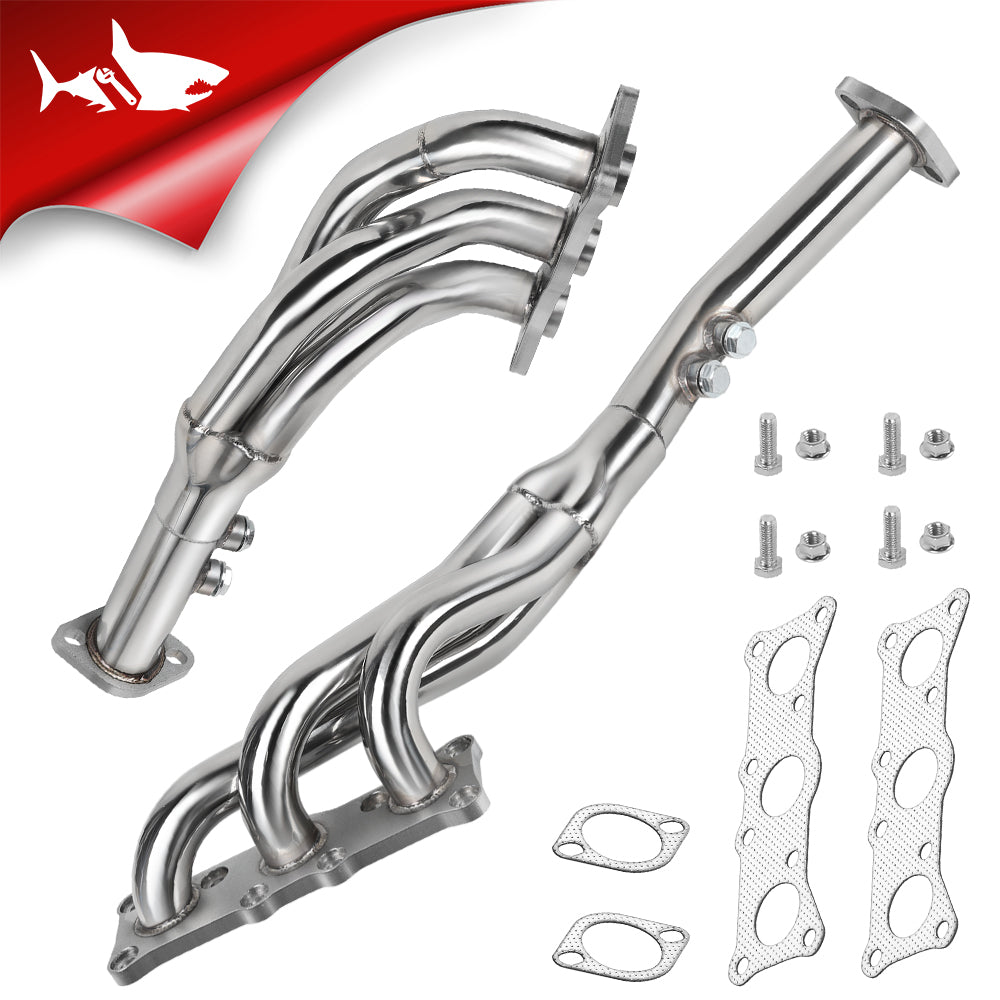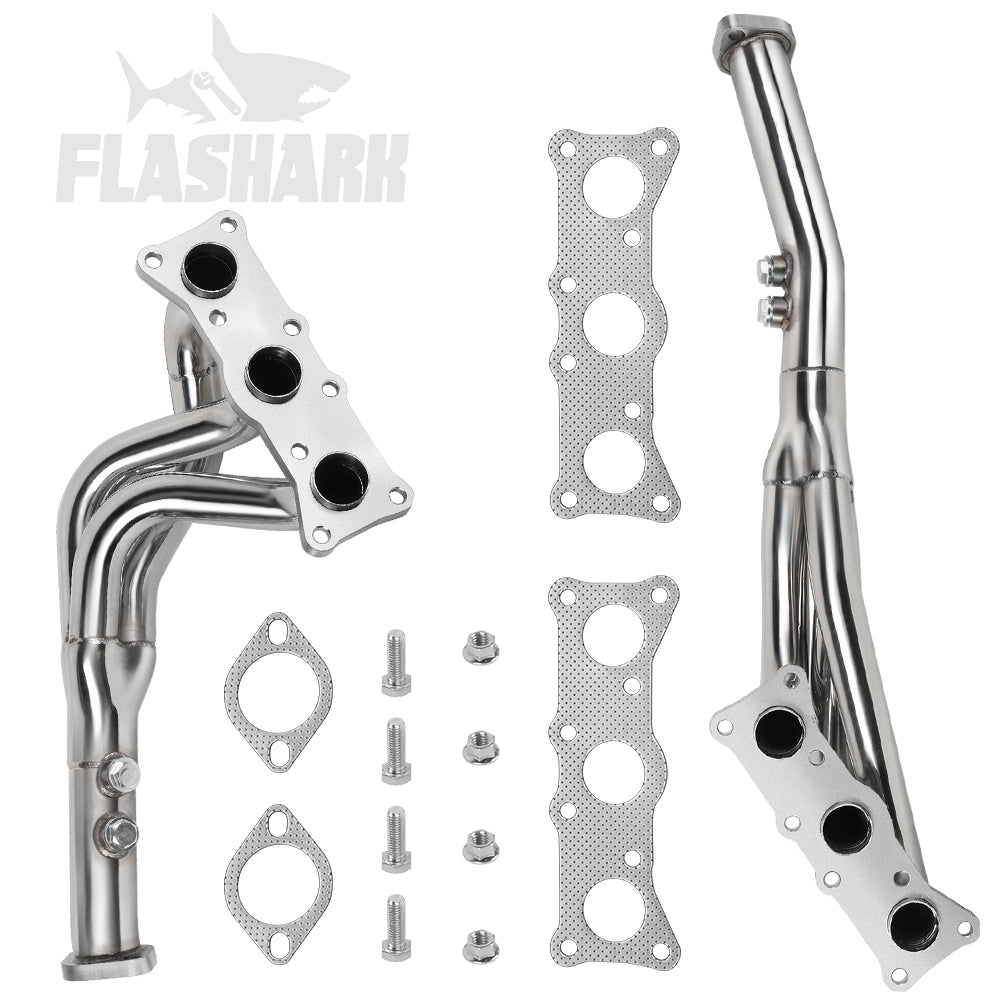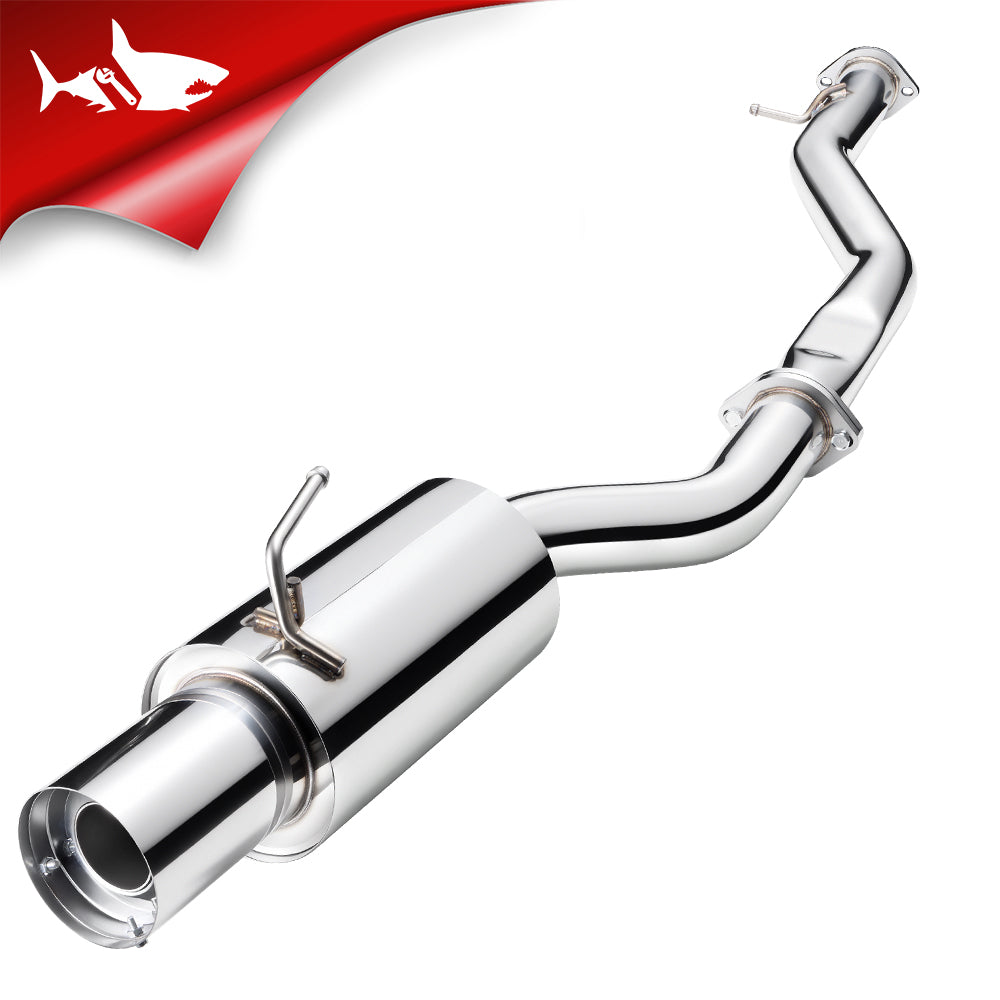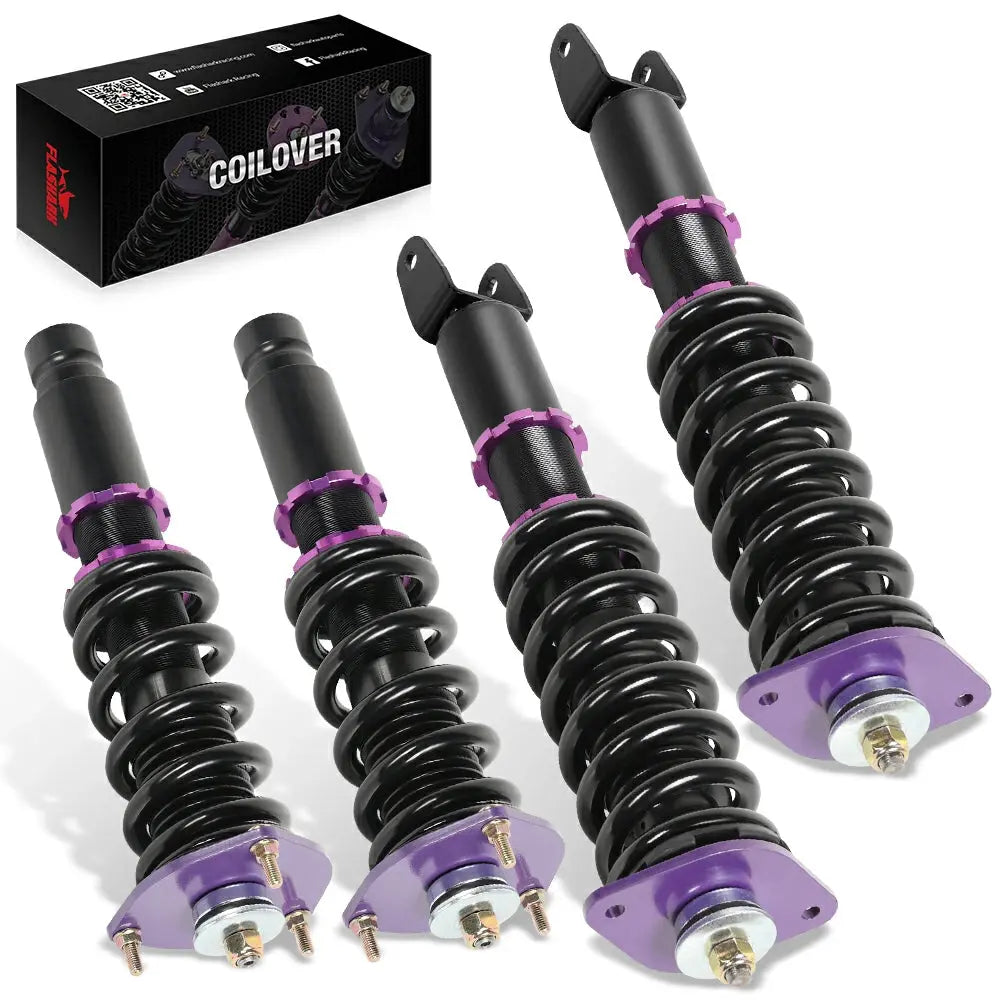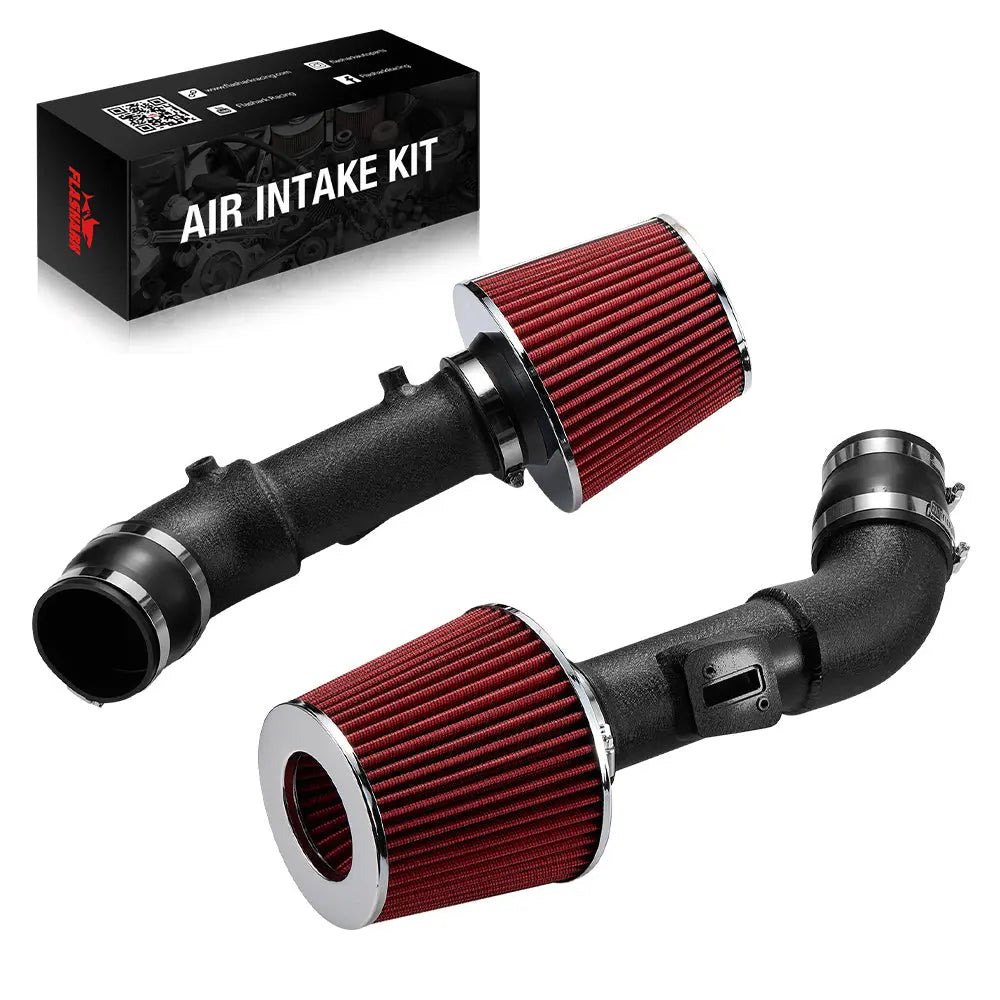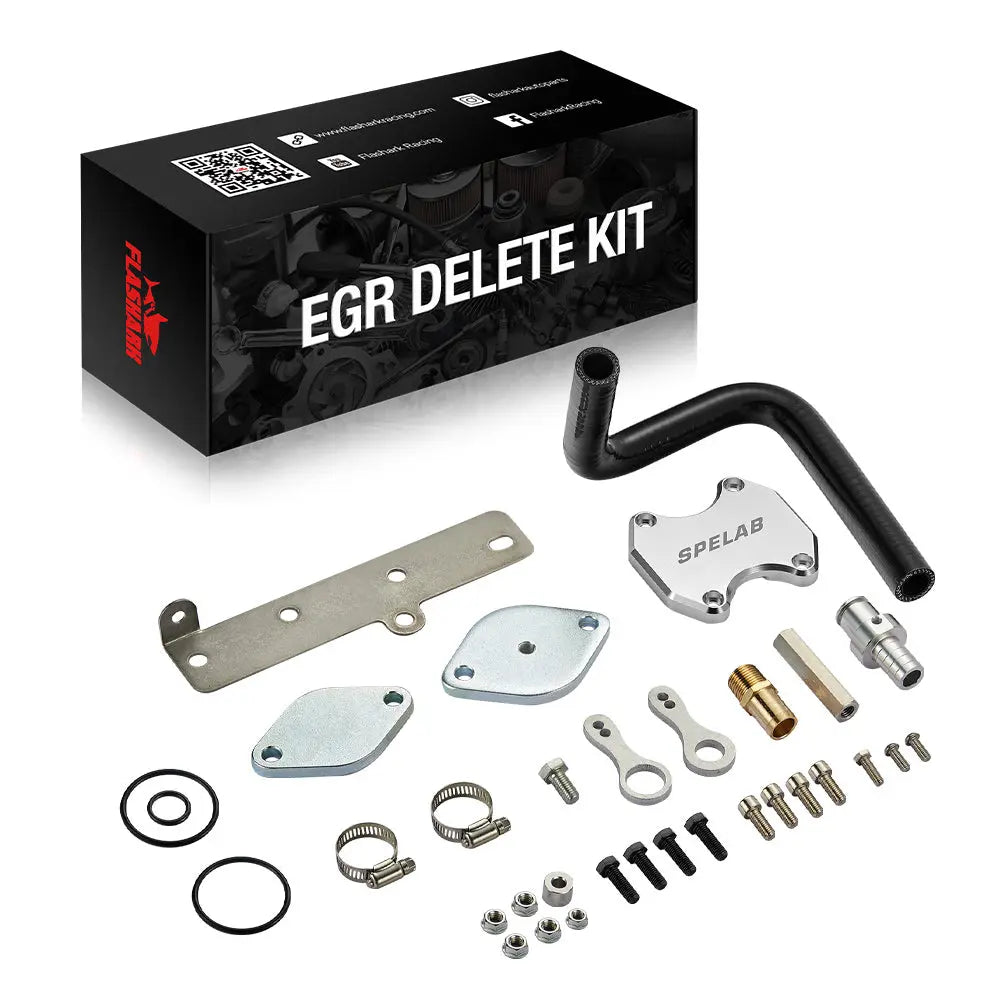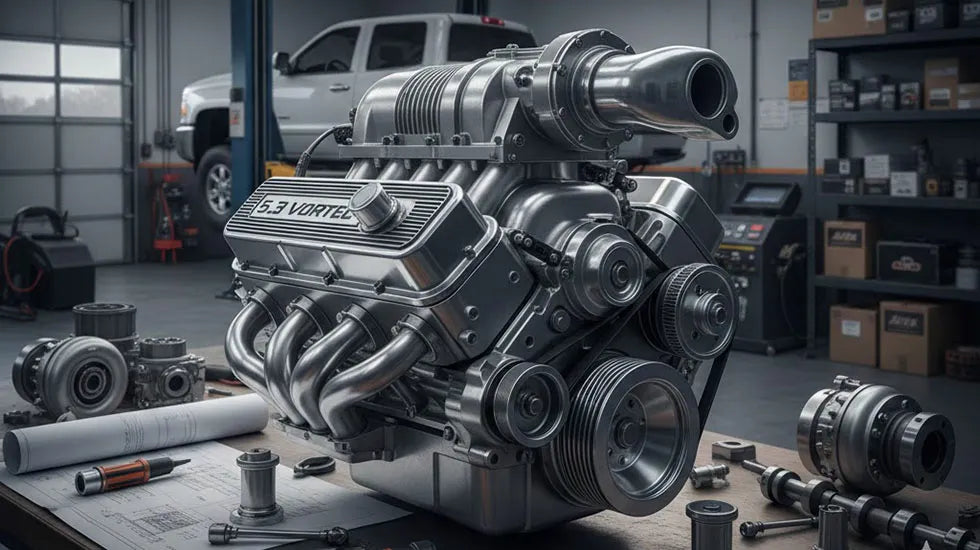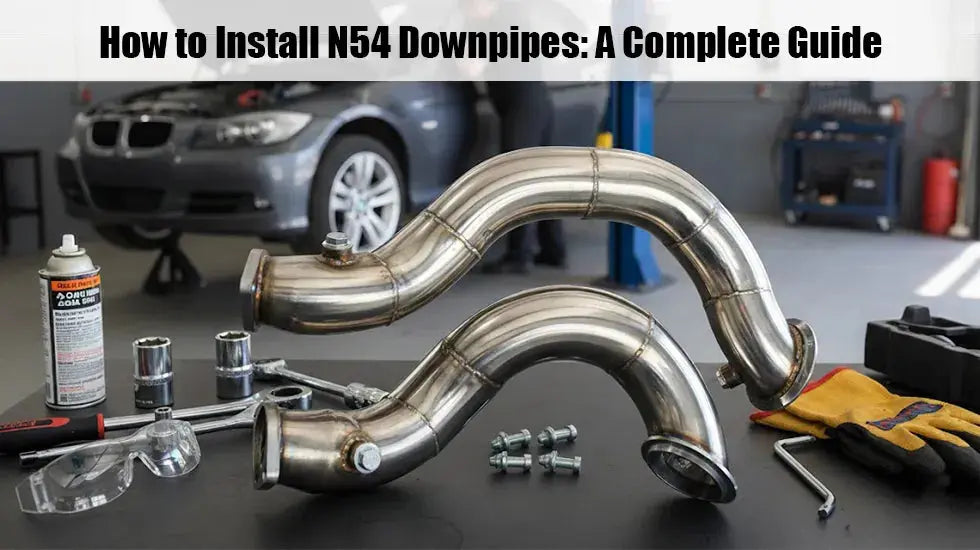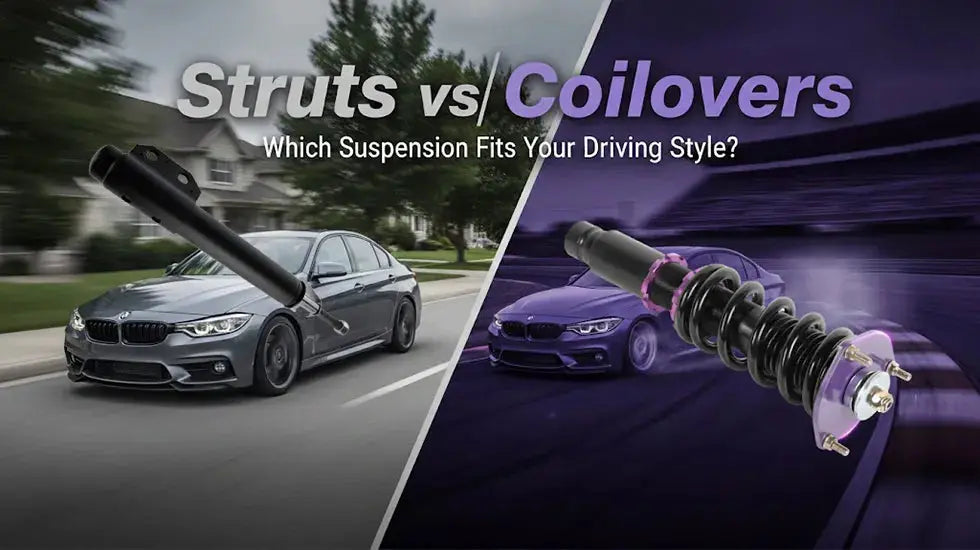Elegir entre un tubo de escape con o sin catalizador es un dilema común para los entusiastas de los automóviles que buscan mejorar el rendimiento de su motor. Si bien ambas opciones buscan mejorar el flujo de escape, cada una ofrece distintas ventajas y posibles inconvenientes. En este artículo, analizaremos las diferencias entre estos dos tipos de tubos de escape para ayudarle a determinar cuál se adapta mejor a sus necesidades.
¿Qué es un tubo de bajada y por qué es importante para el rendimiento del motor?
Un tubo de escape es un componente esencial del sistema de escape de un motor turboalimentado. Conecta el turbocompresor con el resto del sistema de escape, permitiendo que los gases de escape fluyan fuera del motor. El diseño del tubo de escape juega un papel fundamental en el rendimiento del motor, especialmente en vehículos turboalimentados.
Al mejorar el flujo de escape, un tubo de escape de alto rendimiento reduce la contrapresión, lo que a su vez ayuda a que el turbo gire más rápido y aumenta la eficiencia general del motor. Esto se traduce en más potencia, una mejor respuesta del acelerador y un mejor rendimiento del turbocompresor. Al modificar su vehículo, elegir el tubo de escape adecuado es crucial para obtener el máximo rendimiento.
Entendiendo la diferencia entre bajantes con y sin gato
La principal diferencia entre los tubos de escape con y sin catalizador reside en su diseño. Un tubo de escape con catalizador incluye un convertidor catalítico, responsable de reducir las emisiones nocivas del motor. El convertidor catalítico de alto flujo de estos tubos está diseñado para permitir el paso de más gases de escape que los convertidores catalíticos de serie, lo que ofrece un aumento del rendimiento sin comprometer la calidad de las emisiones.
Por otro lado, un tubo de escape sin catalizador elimina por completo el convertidor catalítico, lo que permite un flujo de escape máximo. Sin convertidor catalítico, el motor puede expulsar gases mucho más rápido, lo que proporciona un mayor aumento de rendimiento. Sin embargo, esto conlleva un aumento significativo de las emisiones, lo que puede infringir las normativas locales en ciertas zonas.

Comparación de rendimiento: aumento de potencia y respuesta del acelerador
Los tubos de escape sin catalizador suelen ofrecer las mayores mejoras de rendimiento. Al retirar el convertidor catalítico, se elimina una restricción significativa en el sistema de escape, permitiendo que los gases fluyan libremente. Esto se traduce en tiempos de giro del turbo más rápidos y mayor potencia. Se pueden obtener ganancias de potencia de hasta 10-20 caballos con un ajuste adecuado tras instalar un tubo de escape sin catalizador.
Los tubos de escape con catalizador, si bien ofrecen una mejora en el rendimiento respecto a los sistemas de serie, tienden a proporcionar ganancias máximas ligeramente menores. Sin embargo, ofrecen un mejor equilibrio, lo que permite un mayor flujo de escape a la vez que controla las emisiones. Los tubos de escape con catalizador son una opción más práctica para vehículos de calle, donde el cumplimiento de las normas de emisiones y la facilidad de conducción diaria son prioritarios.
Sonido, olfato y comodidad al conducir
En cuanto al sonido, los tubos de escape sin catalizador producen un sonido mucho más fuerte y agresivo. La ausencia del convertidor catalítico permite que los gases de escape fluyan con menos resistencia, lo que genera un aumento notable del ruido. Esto es ideal para coches de alto rendimiento diseñados para circuito, pero puede resultar incómodo para quienes los utilizan a diario.
Además, los bajantes sin catalizador tienden a producir un fuerte olor a combustible durante los arranques en frío. Esto se debe a los hidrocarburos no quemados en el escape, que un convertidor catalítico normalmente filtraría. Si eres sensible a este olor o planeas usar el coche para desplazarte al trabajo, esto podría ser un problema.
Por otro lado, los tubos de escape con catalizador mantienen un sonido de escape más controlado. Si bien ofrecen un aumento de rendimiento, la presencia del convertidor catalítico ayuda a minimizar el ruido y el olor. Los tubos de escape con catalizador también brindan mayor comodidad para la conducción diaria, especialmente si le preocupan el ruido y el olor.
Cumplimiento de emisiones y preparación para la inspección
Una de las diferencias más significativas entre los bajantes con y sin catalizador es su impacto en las emisiones. Los bajantes sin catalizador son ilegales en muchos estados y países debido a que no cumplen con las regulaciones de emisiones. En zonas con leyes ambientales estrictas, como California, un bajante sin catalizador casi con seguridad provocará que su vehículo no supere las pruebas de emisiones e incluso podría encender la luz de verificación del motor (CEL).
En cambio, los bajantes con catalizador están diseñados para cumplir con las normas de emisiones. Los bajantes con catalizador de alto flujo, especialmente los certificados por la CARB (Junta de Recursos del Aire de California), ofrecen una solución legal para quienes viven en estados con leyes de emisiones estrictas. Esto los convierte en una opción más práctica para vehículos de circulación que necesitan pasar inspecciones sin riesgos legales.
Consideraciones de ajuste e instalación
Tanto los bajantes con catalizador como los sin catalizador generalmente requieren cierto nivel de ajuste para un rendimiento óptimo. Los bajantes sin catalizador suelen requerir ajustes en la ECU o el uso de espaciadores para el sensor de O2 para evitar que se encienda la luz de verificación del motor. Estos ajustes garantizan que el motor funcione con la mayor eficiencia posible, compensando al mismo tiempo la eliminación del convertidor catalítico.
Los tubos de escape con catalizador, aunque tienen menos probabilidades de activar una luz de advertencia del motor (CEL), pueden beneficiarse de una afinación para maximizar su rendimiento. Dependiendo del vehículo y del nivel de modificación, podría ser necesario reprogramar la ECU para asegurar que el motor esté optimizado para el mayor flujo de escape.
En cuanto a la instalación, ambos tipos de bajantes requieren una cuidadosa atención al detalle. Los bajantes sin catalizador pueden requerir pasos adicionales, como la instalación de adaptadores para sensores de O2 o una fabricación a medida, lo que los hace ligeramente más complejos de instalar en comparación con las versiones con catalizador.
Cómo elegir entre un bajante con o sin gato
La elección entre un tubo de bajada con o sin catalizador depende de varios factores, incluidos su estilo de conducción, las regulaciones locales y los objetivos de rendimiento.

-
Uso diario vs. en pista: Si está construyendo un coche de pista o un vehículo con un uso mínimo en la calle, un tubo de escape sin catalizador probablemente le proporcionará el mejor rendimiento. Sin embargo, si planea conducir su coche a diario o necesita cumplir con las normas de emisiones, un tubo de escape con catalizador es una opción más práctica.
-
Normativa sobre emisiones: Si vive en una zona con normativas estrictas sobre emisiones, como California, podría verse obligado a optar por un bajante con conducto de escape. Para quienes viven en zonas con menos normativas, un bajante sin conducto de escape puede ser una opción válida, aunque es importante consultar la normativa local.
-
Disposición a abordar la luz de cruce y los problemas legales: Los bajantes sin catalizador pueden provocar una luz de cruce y provocar una falla durante la prueba de emisiones. Si no está de acuerdo con estos riesgos y utiliza su vehículo principalmente para mejorar su rendimiento, un bajante sin catalizador es una opción.
-
Presupuesto: Los bajantes sin catalizador suelen ser más económicos que los con catalizador, pero es posible que deba considerar los costos adicionales de ajuste, la complejidad de la instalación y los posibles honorarios legales. Los bajantes con catalizador ofrecen mayor fiabilidad a largo plazo y son legales para circular por la vía pública, lo que los convierte en una inversión más equilibrada.
Para la mayoría de los usuarios, un tubo de escape con catalizador de alto flujo ofrece un equilibrio perfecto entre rendimiento y practicidad. Proporciona un aumento notable de potencia, a la vez que mantiene el cumplimiento de las normas de emisiones y una mayor comodidad de conducción.
Conclusión: Cómo tomar la decisión correcta para tu proyecto
En definitiva, la decisión entre un tubo de escape con o sin catalizador depende en gran medida de tus necesidades individuales. Si buscas el máximo rendimiento y planeas usar el vehículo principalmente en circuito, un tubo de escape sin catalizador podría ser la opción adecuada. Sin embargo, para quienes buscan una opción más equilibrada que se adapte a la conducción en carretera, el cumplimiento de las normas de emisiones y la comodidad, un tubo de escape con catalizador de alto flujo ofrece una excelente alternativa.
En definitiva, el tubo de escape debe ajustarse a los objetivos generales de la construcción de su vehículo. Consulte siempre con un preparador profesional o un taller de alto rendimiento para asegurarse de elegir los componentes adecuados para su configuración y requisitos de conducción específicos.

